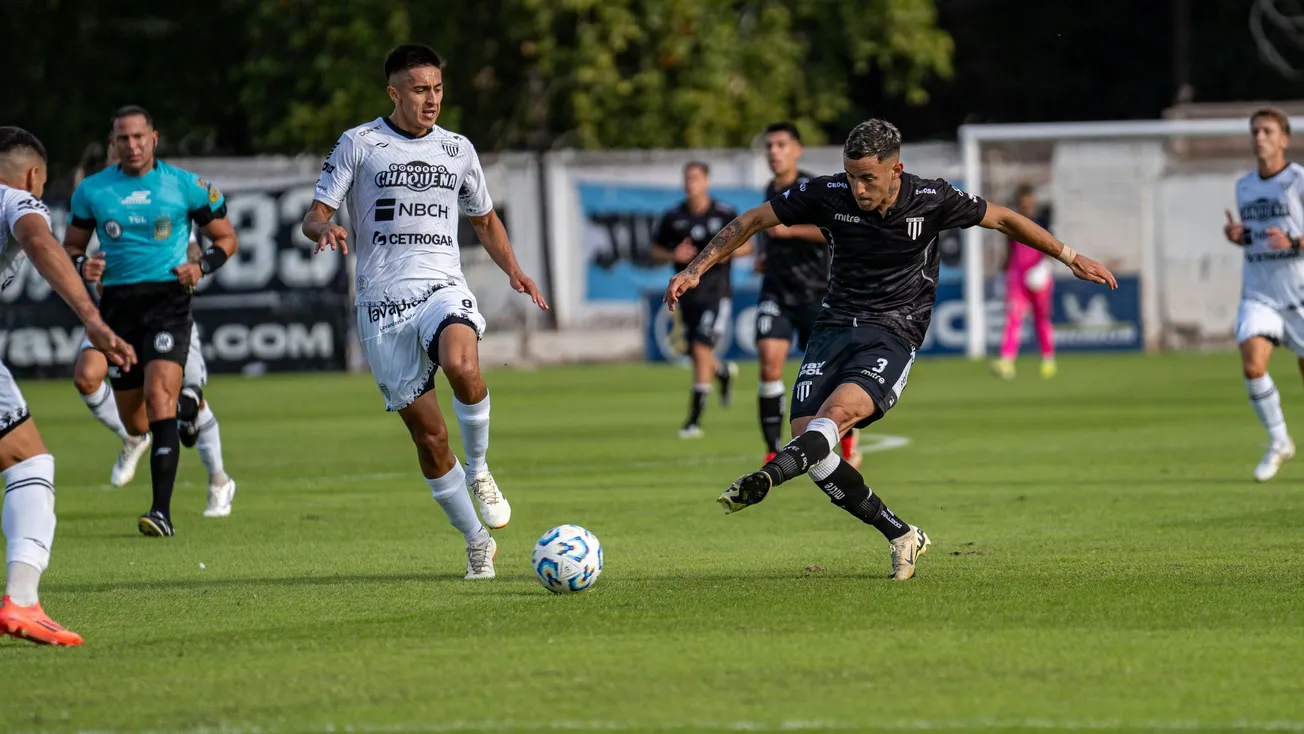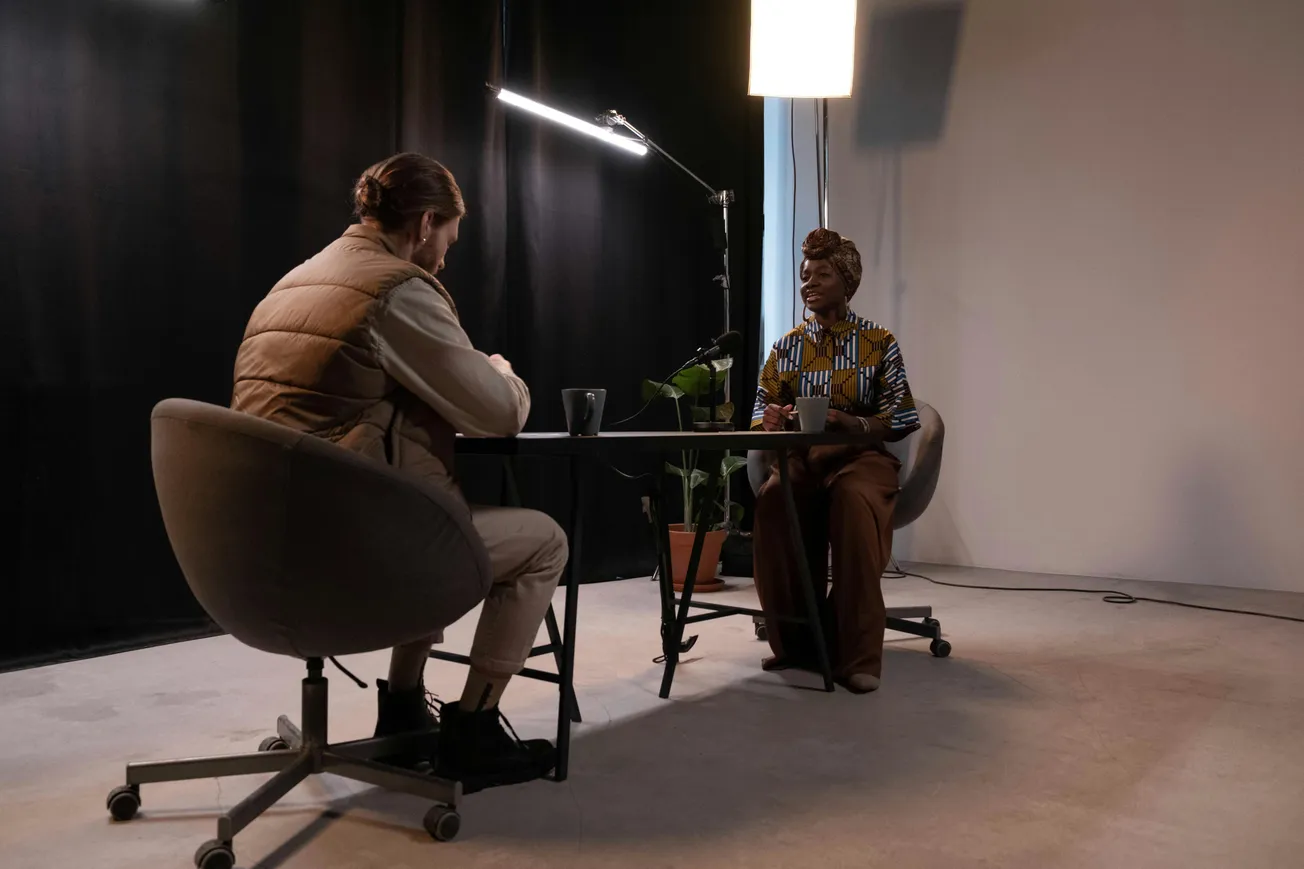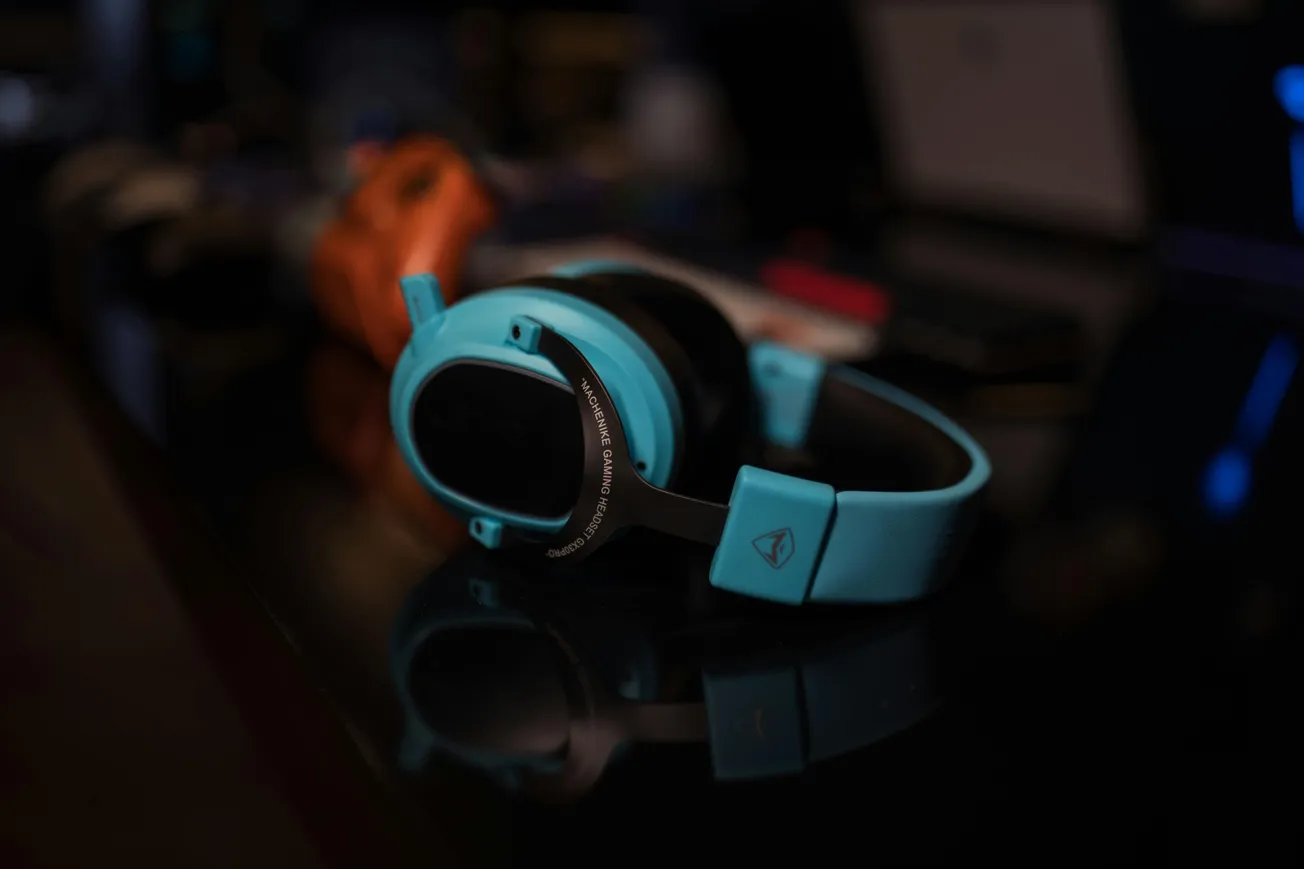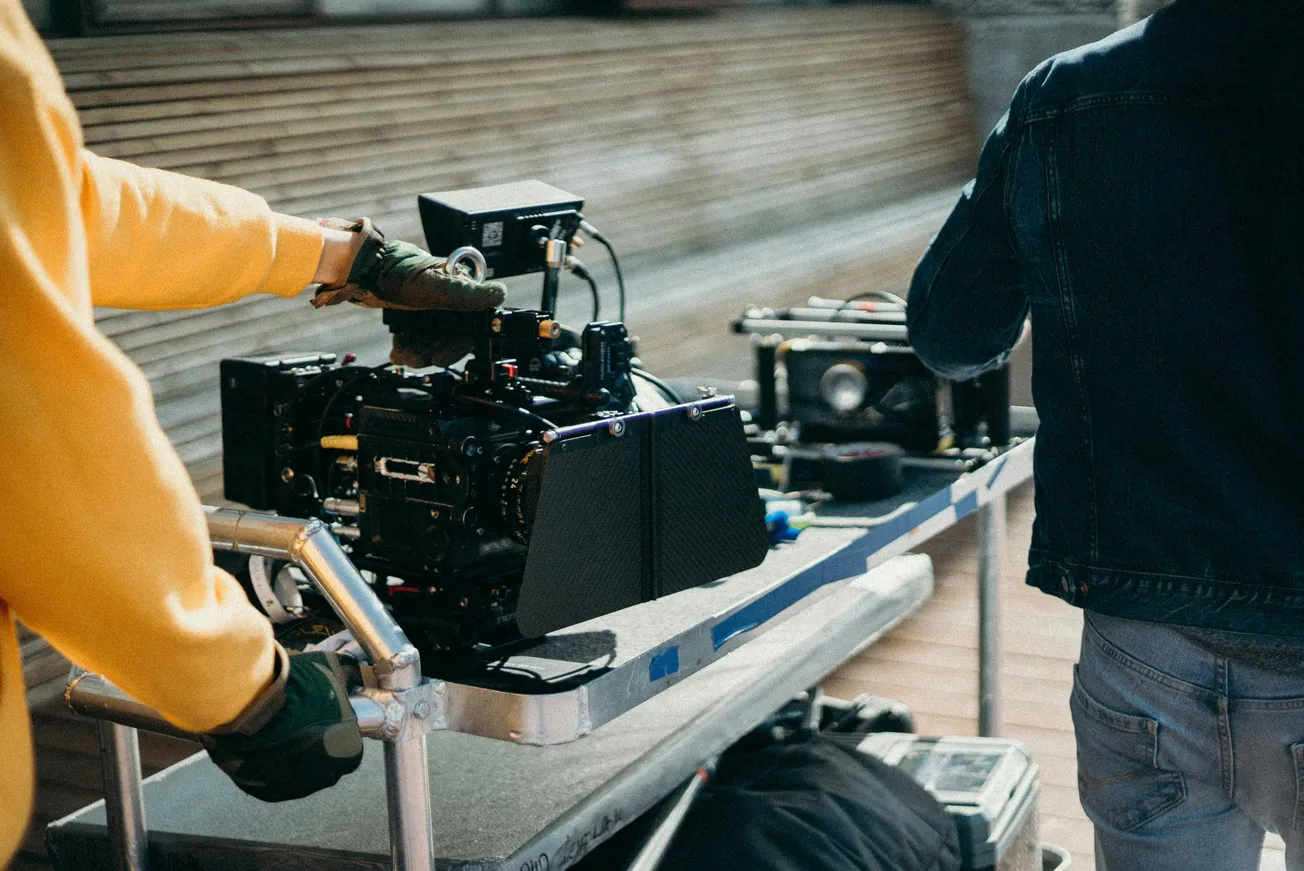In 2025, sports media isn’t just competing with other games—it’s competing with your thumb. The traditional full-length broadcast is losing ground to microcontent: 15-second highlight clips, reaction shots, and viral edits tailored for TikTok, YouTube Shorts, and Instagram Reels.
Fans—especially younger ones—aren’t waiting for SportsCenter recaps or sitting through three-hour games. They want the best moments now, and leagues, teams, and creators are racing to deliver them.
From buzzer-beaters and backflips to sideline skirmishes and locker room celebrations, sports content is being sliced, subtitled, and optimized for short attention spans.
This shift isn’t just about consumption—it’s about shareability. One viral clip can outperform an entire televised match in engagement and cultural relevance. Whether it’s a last-second goal or a funny fan reaction, microcontent drives conversation and keeps sports at the top of the algorithm.
Networks are responding by hiring creators, launching vertical-focused channels, and prioritizing real-time social cuts. Even traditional broadcasters are building internal “meme teams” to push out moments in near real-time.
There’s also a growing class of fan-editors who remix game footage into highlight reels, storylines, or fan cams—further blurring the line between journalism and user-generated content.
But there’s tension, too. Rights holders are still figuring out how to balance monetization, control, and openness in a world where the most valuable content might only be a few seconds long.
As attention spans shorten and social platforms dominate, the future of sports media may not be televised—it may be clipped, captioned, and uploaded before the final whistle blows.









